
Buying a home is exciting, but the real work begins after the keys are in your hand. Most people underestimate the hidden upkeep that protects safety and long-term value. Skip these essentials, and small problems can snowball into costly disasters. Ready to safeguard your investment? Let’s break down the must-do tasks.
Change And Rekey All Entry Door Locks

Sure, a sturdy lock-and-key system is a must-have for any home, but modern security calls for a little more. Start by changing locks to keep old keys out of play, then go a step further—reset the garage codes, update alarm systems, and check for hidden access points. Think of it as a full security refresh.
Schedule Professional HVAC Inspection And Maintenance

Just like the body benefits from regular check-ups, your home’s HVAC system thrives with routine care. A professional inspection helps catch problems before they spiral. Kick things off with a new air filter at move-in for a “fresh start,” then stick to filter changes every 30–60 days.
Clean And Inspect Gutters Every Season
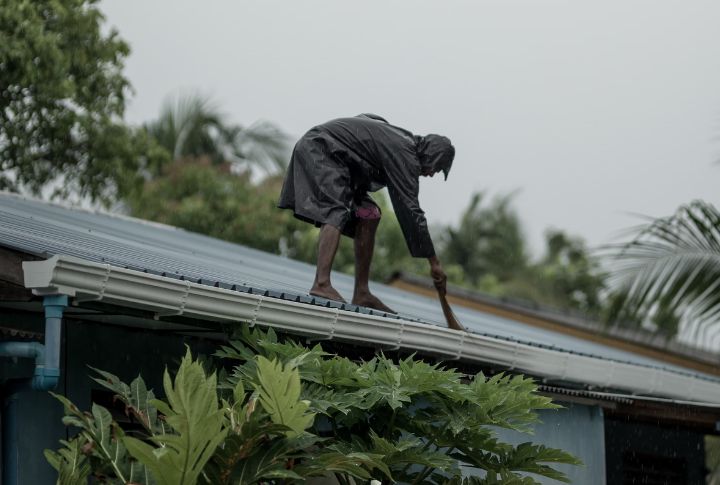
Your gutters work best when every piece is in sync. Solid attachments prevent sagging, while well-overlapped flashing keeps water moving smoothly. Seasonal cleaning clears out leaves and pests, and keeping an eye on grit levels can even alert you to roof wear before it turns into costly repairs.
Test Batteries For Carbon Monoxide And Smoke Detectors
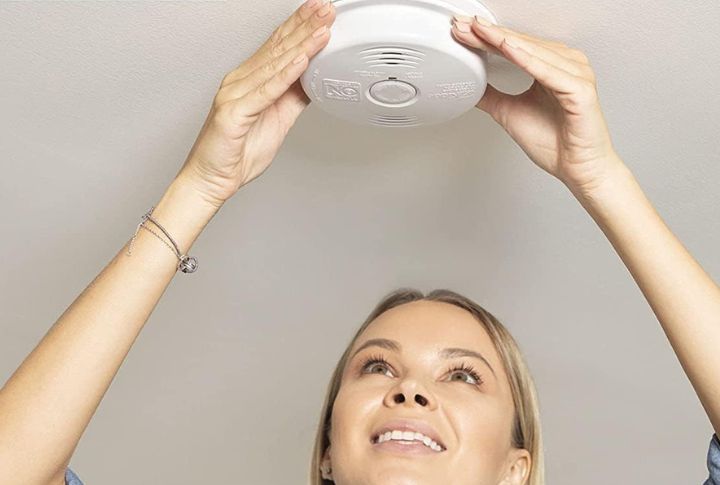
Peace of mind starts with the detectors. Install fresh batteries and test each smoke and carbon monoxide unit right when you move in. Then, make monthly checks part of your calendar and watch for yellowing casings. It is a sure sign those decade-old detectors need replacing.
Seal Gaps Around Windows And Doors
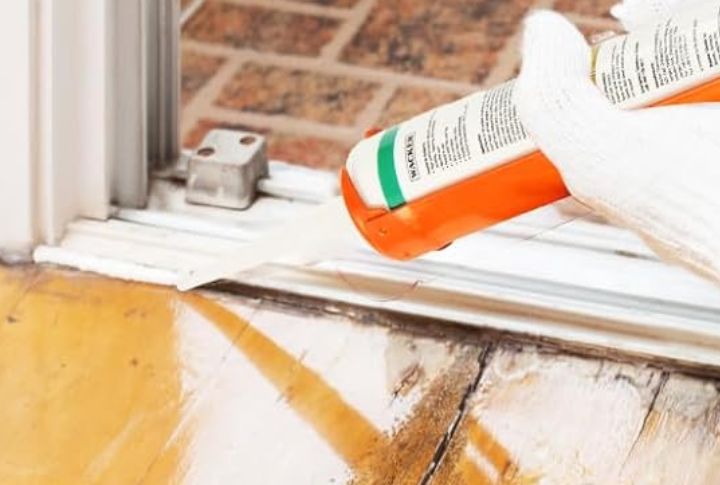
Drafty windows and foggy panes? Usually, that’s a seal failure at work. A little attention with a quality caulk gun can go a long way. Seal those sneaky gaps around windows and doors to keep your home cozier and boost energy efficiency in a noticeable way.
Inspect Roof And Attic For Leaks Or Insulation Issues
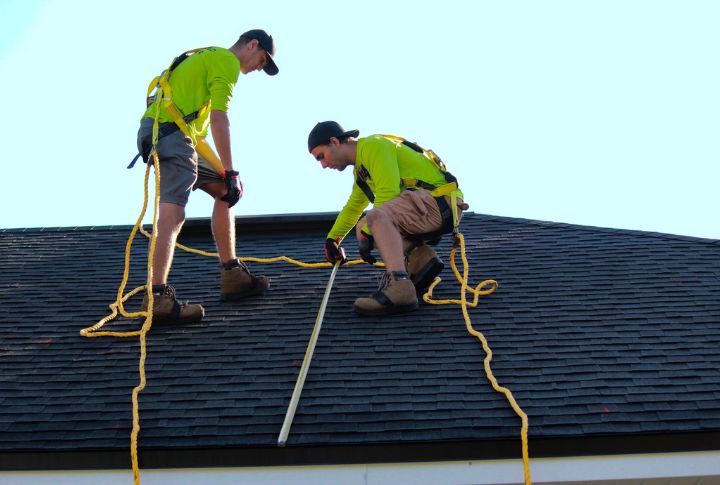
Start the inspection from the roof’s exterior and then make your way into the attic space. Here, you can assess insulation depth and type while checking for water damage signs. The attic inspection also provides an opportunity to spot unwanted guests like mice or bats.
Flush The Hot Water Heater
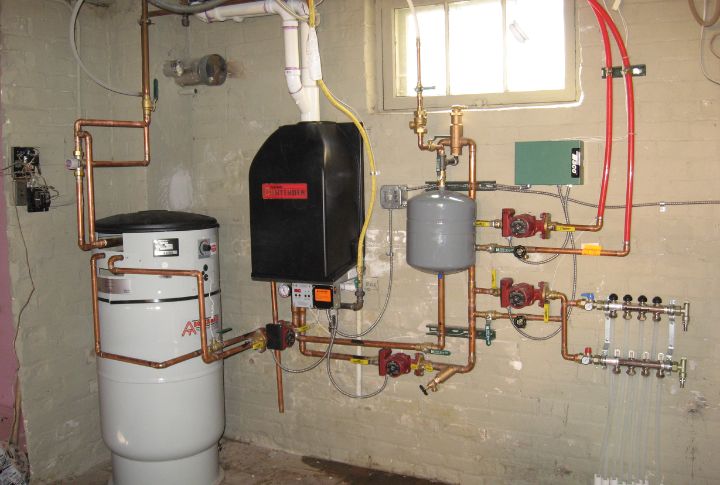
Annual flushing is the secret to extending the life of your water heater. Flushing clears away sediment that drags down efficiency and causes those alarming popping noises. A little yearly effort goes a long way in saving you from an expensive replacement.
Establish A Pest Prevention Routine
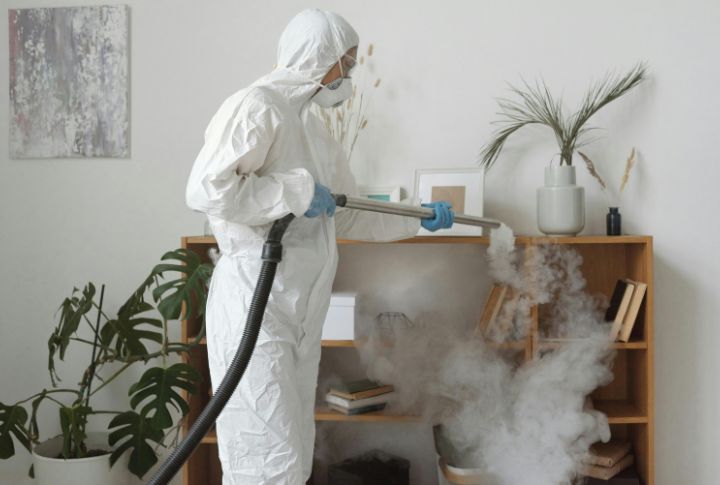
Your home’s edges act like open invitations to pests. Overgrown plants and dead trees can draw them in close. Staying on top with regular yard maintenance and careful perimeter inspections keeps unwanted critters from settling in and causing problems.
Map And Label Main Water, Gas, And Electrical Shut-Off Points

Emergencies don’t leave time for guesswork in your home. That’s why mapping your shut-off points is essential. Clearly label the main water valve and breaker box so they’re easy to find, and lean on your inspection report photos as a reference guide.
Review And Optimize Homeowner’s Insurance Coverage

Insurance is your financial safety net. Start with a review of your current policy, then add in security upgrades like monitored alarms or deadbolts for extra discounts. Bundle up home and auto policies to stretch your protection while saving you money. Smart coverage means smarter peace of mind.

